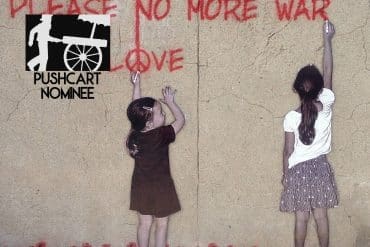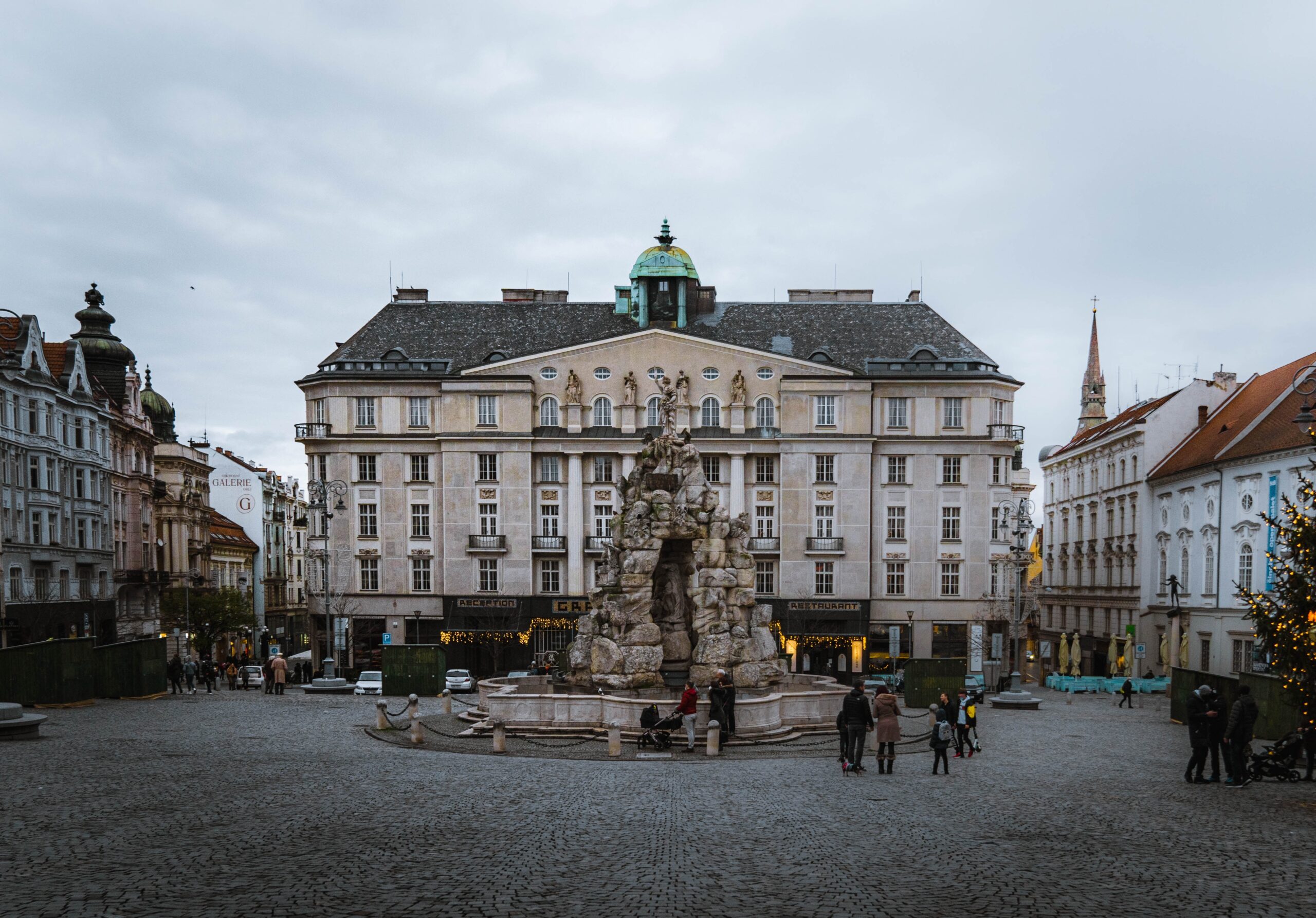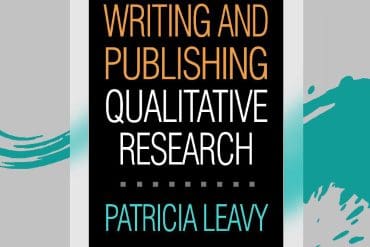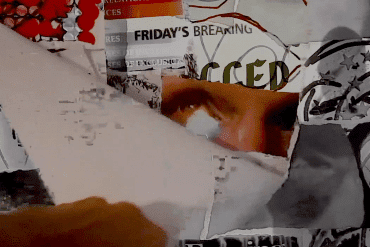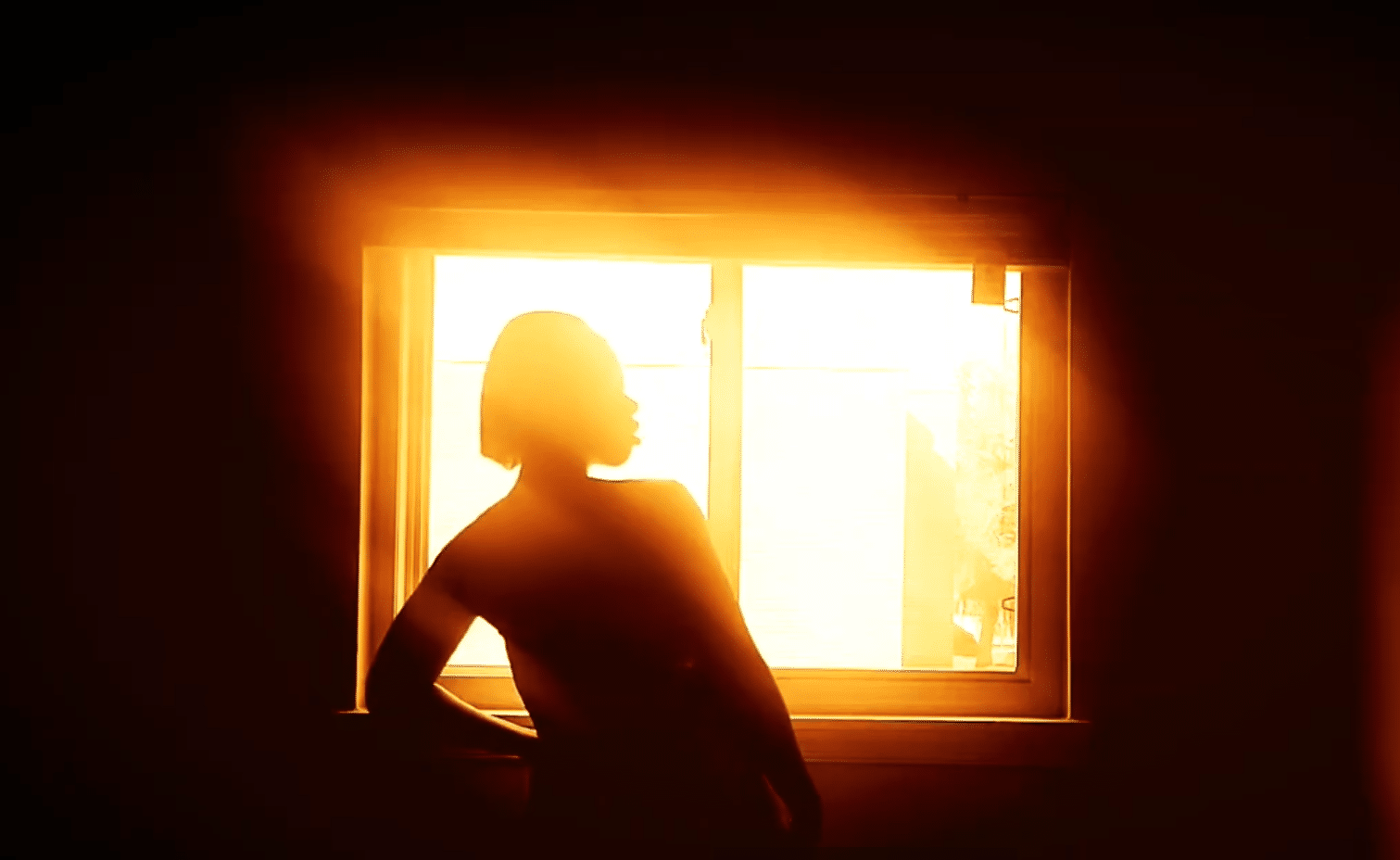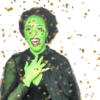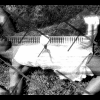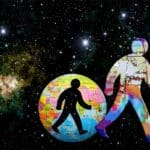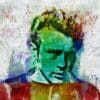Performance & Autoethnography: Award-winning Artist Offers Exclusive Insight
MARLEN HARRISON: Welcome to The AutoEthnographer’s podcast. The AutoEthnographer is a nonprofit, internationally-authored, open-source, award-winning literary and arts magazine. Our focus is on autoethnography, the intersection of ethnography and autobiography. It’s a qualitative research method where the researcher utilizes lived experience to examine the cultural issues that interest them. Today we’re talking with the award-winning author, researcher, and performer, Shanita Mitchell about multimodal performance and autoethnography. She is one of our founding editorial board members of The AutoEthnographer. Shanita, thank you for joining us.
SHANITA MITCHELL: Thank you for the invitation, Marlen. I’m so happy to be here.
MH: You’re so welcome. I’m Marlen Harrison. I’m the founding editor of The AutoEthnographer. Today we’re going to talk with Shanita about how autoethnography and multimodal performance go together. I know Shanita as a literary researcher who utilized autoethnography in her master’s thesis in English,. When she came to The AutoEthnographer I was very curious as to what she might write for the magazine.
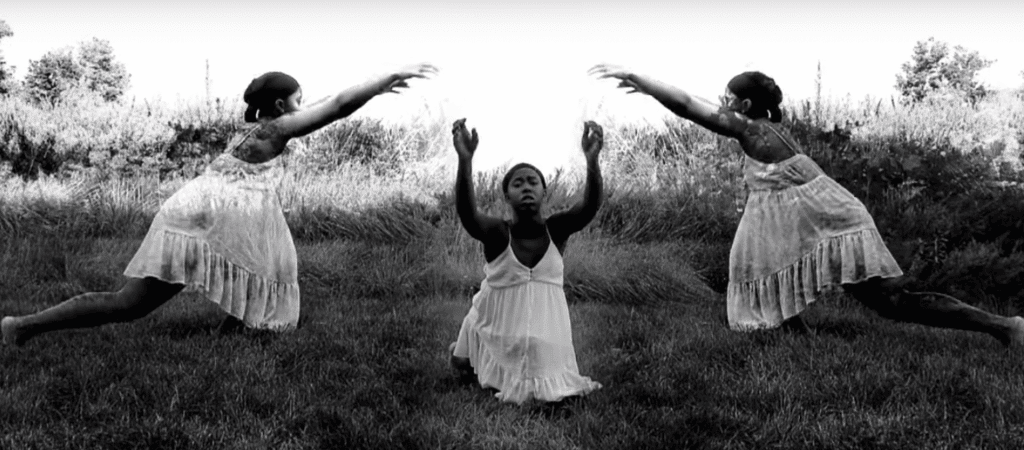
However, she pivoted and went full multimodal on us. So, today I have a few questions about your process and about your performance background and how all of this has led you to autoethnography. So, let’s get started.
Again, I knew you as a researcher who was writing research about literature. When we worked together you utilized autoethnography as a method within the literary arts. And you really embraced that. How did you move from working with textual and literary analysis to a more multimodal visual medium that explores similar issues as to what you had explored as a researcher?
“there is something about being able to witness the visual tension and what it means to be enacted on the body that I couldn’t resist in terms of creating autoethnography.
SM: So, due to my performance background I am a dancer. It was a very natural progression for me because I create visual images on the stage and I create visual pictures with my body. It seemed very natural to want to make sure that I also was creating visuals in my own way of storytelling.
Storytelling is very important on the stage, being evocative, creating emotions. And when you introduced me to autoethnography I thought that creating a visual multimodal piece went hand in hand. So, it just made the most sense; it was very natural.
MH: So, it was building from what you started on in terms of your writing? These were the next steps to perform that story? To perform that conflict or that tension that you were feeling as a writer?
SM: Absolutely, and I do love writing; it is also one of my favorite things to do. But, there is something about being able to witness the visual tension and what it means to be enacted on the body that I couldn’t resist in terms of creating autoethnography. I needed both because in my memo I get the opportunity to write just a bit. But again, in my visual projects I get the opportunity to really act out the tensions and the emotions that I want to convey. I I love that.
The AutoEthnographer and autoethnography give me both kinds of avenues. I’m not completely divorced from writing because again I get the opportunity to expound and talk about my work. But, I do also like that the pieces can be independent of the memo. Audiences can still come to the visual pieces and walk away with the meaning. That’s also really important when I’m creating the pieces. Even without the memo, they can still be independent, and audiences can still receive what I need for them to receive.
“I was drawn to autoethnography over literary analysis, because again, I needed to see myself reflected back. I needed to see my experience reflected back. And I knew that my experience was representative of a larger cultural experience that also needed to be reflected back to others in order to inspire others.
MH: Let’s talk about your video work and this master’s thesis. Everything goes together; they’re all connected. The overarching title of your work is “A Seat at the Table” which explores your experience as a black female academic. Shanita, would you tell us a little bit about how you came to autoethnography? It was presented as one of many possibilities that you could embrace for your scholarship. But initially, as someone who is a graduate literary scholar, as someone who is visual, and as someone who is used to creating images on a stage, what do you think initially drew you to autoethnography as a researcher and performer?
SM: It was just the opportunity for storytelling once again. I was drawn to autoethnography over literary analysis, because again, I needed to see myself reflected back. I needed to see my experience reflected back. And I knew that my experience was representative of a larger cultural experience that also needed to be reflected back to others in order to inspire others.
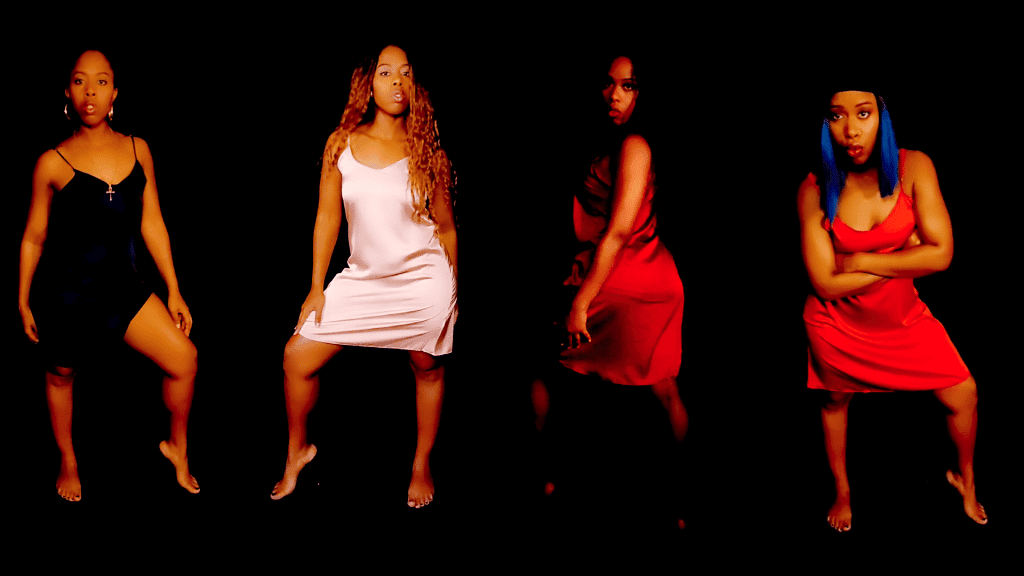
Again, I think there’s something very powerful about being able to see another person who looks like you. It’s all well and good to read Shanita Mitchell on the page, but I think that again there is so much power in anyone who is approaching autoethnography to be able to see themselves reflected back. Again, visuals are very, very powerful and that’s why representation is important. So that is what drew me to autoethnography – being able to show myself, Shanita Mitchell, right on the page but then also additionally to progress that and then show myself Shanita Mitchell as a person, an individual, a black woman, a black feminist. What does that mean?
“all of the visual images that I create, all the visuals and the editing is just me enacting out my real life, which I think is very powerful.
MH: In this podcast series, we’ve talked Nadine Khair about how autoethnography and marketing go together. We’ve talked with Suzanne Hughes about how autoethnography and painting go together. So, I’m curious because you’re multimodal. I want to make it clear what Shanita does is she begins with the story. And I think that that story resonates with a piece of music for you and I think you must know there’s a message there that you want to connect with. And I think from there that moves into choreography, right?
SM: Yes, it does.
MH: Choreography as well as blocking, where you’re going to do this, what the lighting might be. How is this all part of the story? And then you actually video record yourself dancing, performing, with the music that you’ve selected, but it doesn’t end there. You go one step further. And then as a director and editor. You actually shape the entire video recording through lighting effects and mirroring effects and overlay effects so that you take it one step further. You have the raw art form, but like a piece of clay, you sculpt it one step further. What is it about this theme of “A Seat at the Table” that to you felt like this will work for visual storytelling?
SM: So, great question, and thank you Marlen for helping me to outline my process. Sometimes I forget; the process is so intuitive to me. I forget that those are all the steps that I’m actually doing, right?
MH: You’re doing so many steps. There’s so many phases of art. I’m finding that that many artists are multi-processed. There re so many pieces and stages that begin to overlap to create what we, the audience, see as a final performance or a final product. But yeah, I’m so curious about how “A Seat at the Table” kind of, for you, felt like this is a visual performance that I need to create.
“the role that I occupy in higher education – and I work at a predominantly white institution – I have to make a seat at this table. So, all of the visual images that I create, all the visuals and the editing is just me enacting out my real life, which I think is very powerful.
SM: So, it stemmed from a very like internal place that needed to be filled, so there’s always a lot of controversy in terms of like the concept of a seat at the table, and like whether another table needs to be created. Like is there even a need to come to a particular table, right? Why not make our own table, and all of these things? And of course, like from individual to individual, perspectives will change. The answer will change. But I, the role that I occupy in higher education – and I work at a predominantly white institution – I have to make a seat at this table. So again, it’s just enacting out my real life. So, all of the visual images that I create, all the visuals and the editing is just me enacting out my real life, which I think is very powerful.
Part of autoethnography is that I actually have to do very little work in terms of thinking about what the themes will be, right, because they’re so readily accessible. So then when I come to find a seat at the table I literally find myself having to find a seat at the table at a conference table often, and like pulling up a chair and making myself be known. So again, this is just visual. The visual aspect came in because it’s just an action of my life. This is just what I see out of my own two eyes.
MH: Why is it important that you connect with your audience in that manner?
“I like that autoethnography and particularly visual autoethnography opens a door to a very wide, large audience; it allows them to be able to participate in the process as an audience member. They don’t need to know about theory.
SM: So, great question. I like that autoethnography and particularly visual autoethnography reaches a wide audience. I come from a rural background. My grandmother has only a fourth-grade education. So then if I in in written form it’s a little bit more difficult for me to be able to reach her in that manner. And then also I and many of my family members come from a similar background. So then if I’m creating visual autoethnography, I can say, “Grandma, here. Look at this video,” and “Can you see me and can you see what I’m trying to do?” and she doesn’t have to do any additional work. It opens a door to a very wide, large audience; it allows them to be able to participate in the process as an audience member. They don’t need to know about theory or have this long background.
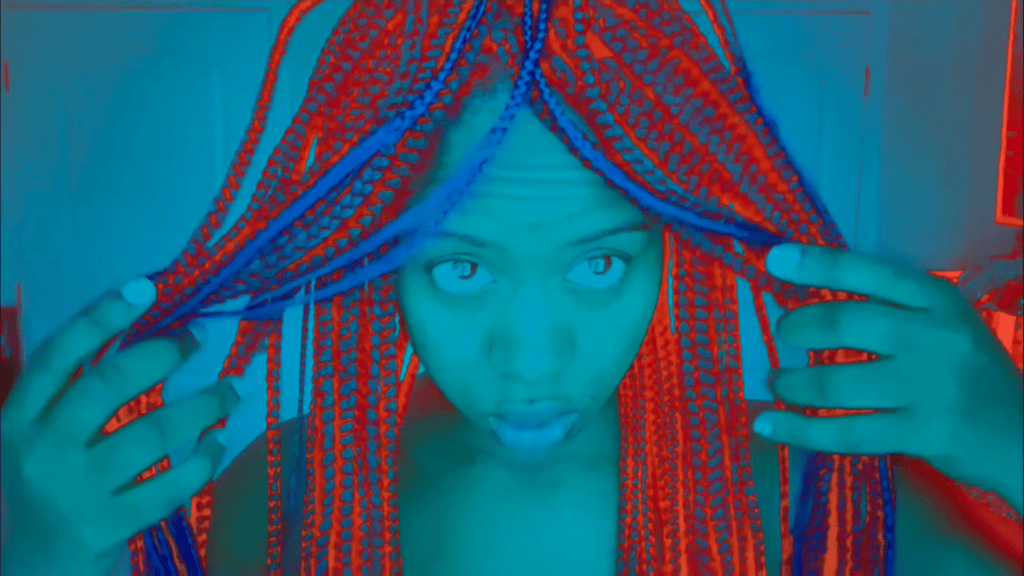
MH: So, visual and multimodal autoethnography creates an accessibility to the story and to the message.
SM: Absolutely, yes. And that was very key for me.
MH: Excellent, so what is the first step for people who are interested in pursuing the Shanita Mitchell process of multimodal autoethnography? What is the first step?
“being able to jump into a particular mindset where I’m just like “What am I trying to convey? And how can I get that to my audience in a way that is powerful, artistic, evocative, and meaningful?”is very important.
SM: The first step, and you kind of already outlined this, in the process is to find the inspiration, right? So, for me, because I am a dancer, it’s going to be something musical. It’s not necessarily going out seeking music, right? It’s just something….
I listen to music constantly; it’s constantly on my mind and constantly in my spirit. It’s constantly in my brain. And then something will pop out. It’ll be a pop out moment of inspiration. That’s a very artistic answer. Because you’re just like, “Well, how do I make that tangible?” in terms of like finding something that pops out. But that is my first step. I’m just like, “OK, I hear this from the music,” and then “How can I explore that any further?” So, finding a musical, some sort of musical inspiration and then taking a moment to think a little bit more and be like “OK? Is this it? Can I conceptualize this further?” So, then I make that decision?
MH: Having studied literature for so long and being a graduate level literary scholar with academic articles submitted to peer reviewed journals, now I’m curious as to the role of narrative in your work. And for folks listening at home, what I mean by narrative is those storytelling elements where we have a character facing a conflict and the narrative is the story of how that conflict is resolved. And so, I wonder about the role of narrative in your work.
SM: So, it’s very important because again, I’m such a storyteller. I’m also a cosplayer, right? So, like I am frequently embodying different characters and taking on the mentality and the aesthetic of a particular character. So again, being able to jump into a particular mindset where I’m just like “What am I trying to convey? And how can I get that to my audience in a way that is powerful, artistic, evocative, and meaningful?”is very important.
“Before I got to visual/multimodal I had to understand the bones of autoethnography; I had to do the research there. So, I’m never going to say “Don’t do the research there.” I don’t know if I would recommend to just hop into the visual aspect like right away because again it is so layered. You kind of need to understand the basics, so I would say definitely do the research.
Narrative is something that audiences can easily connect with, right? Because again, like we are so used to being told a story, right? Like from beginning to end so it once again comes very naturally to me as a cosplayer, as a dancer, and also as a literary scholar. Because again, we’ve all been reading stories for the majority of our careers.
MH: Yeah, and I like that you said, “First you need to find something that’s important that we need to say.” And in many of my discussions with people as we have evolved this magazine together, people have made comments to me like, “Oh anything can be Autoethnographic.” And my response is typically, “Well, if we’re using that lens, then we can certainly find that autoethnography is around us.” But I’d like to think that autoethnography is a bit more purposeful. We are purposefully looking for intersections of cultural experiences and personal lived experiences, right? So ,it’s not necessarily just a random, “Oh, that’s autoethnographic,” but rather we’re looking for that intersection.
So, for folks that are looking for that intersection, might you recommend any tools or maybe resources that are important to the process for someone who also is identifying an issue that they would then like to pursue multimodally?
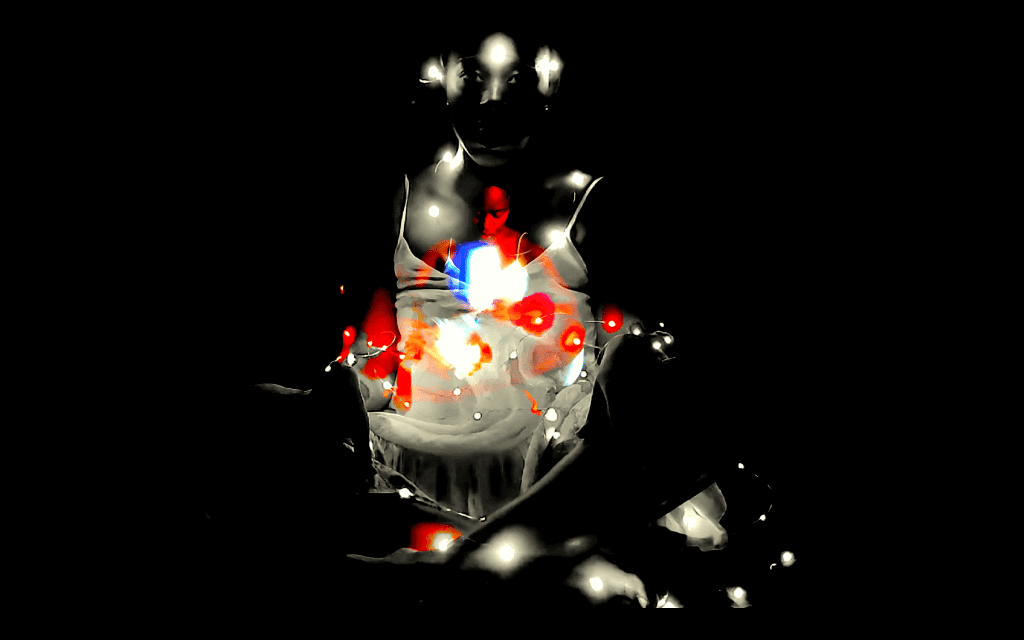
SM: So, great question. So, tools and research I should first of all definitely shout out to a member of our other editorial board, Renata Ferdinand. Before I got to visual/multimodal I had to understand the bones of autoethnography; I had to do the research there. So, I’m never going to say “Don’t do the research there.” I don’t know if I would recommend to just hop into the visual aspect like right away because again it is so layered. You kind of need to understand the basics, so I would say definitely do the research.
We have wonderful scholars. Marlen, you are an excellent source, and then we also have Tony Adams. We have again another editorial board member, Sandra Faulkner. Like again, we have so many different resources and individuals who are talking and speaking to autoethnography. And then in terms of like visual pictures and storytelling. This this is going to sound very funny, but like there’s so much out on like social media and TikTok, and everyone is talking.
“I do not use any fancy equipment. I always want to make sure and emphasize I’m recording things with my phone. And I am using an editing tool that I got from online; I am using a tripod. I don’t want people who are coming new to visual projects or multimedia to think that they have to have some really expensive things.
MH: Yeah, TikTok is like a living visual autoethnography experiment, isn’t it?
SM: Exactly right. And that’s the way I feel about it. So, like I’m watching other people and I’m learning from them as all of us are kind of evolving into social media and creating visual art. So, I am also just pulling from the world at large.
MH: I love that you emphasize “getting to know autoethnography,” right? I always emphasize to people who want to explore the method that they should have a number of mentor texts or a number of mentor projects or poems or whatever it is that they can go to as inspiration, as an example. So even though we’re talking about multimodal and visual autoethnography, we still must begin with a solid foundation of what is autoethnography. What is its purpose? What is its history? And what are its criticisms? You know I always come back to that wonderful 2011 article written by Tony Adams and Carolyn Ellis and Art Bochner from the Qualitative Forum, “Autoethnography: An Overview.” And I still share that; it’s such a great primer.
Shanita, I would love to take a workshop with you where you could lead me through these steps.And it sounds like it would just really be an awesome opportunity to be able to kind of understand that process. I do understand that it’s a lot more than simply identifying the problem, dancing, and recording it. There are a lot of emotional aspects to it. There’s a lot of critical thinking. And there’s a lot of rhetorical awareness in terms of audience – Who’s my audience? What are they expecting, right? I would love, and hopefully maybe next year when we kick off our workshops, you’ll help guide us through this process.
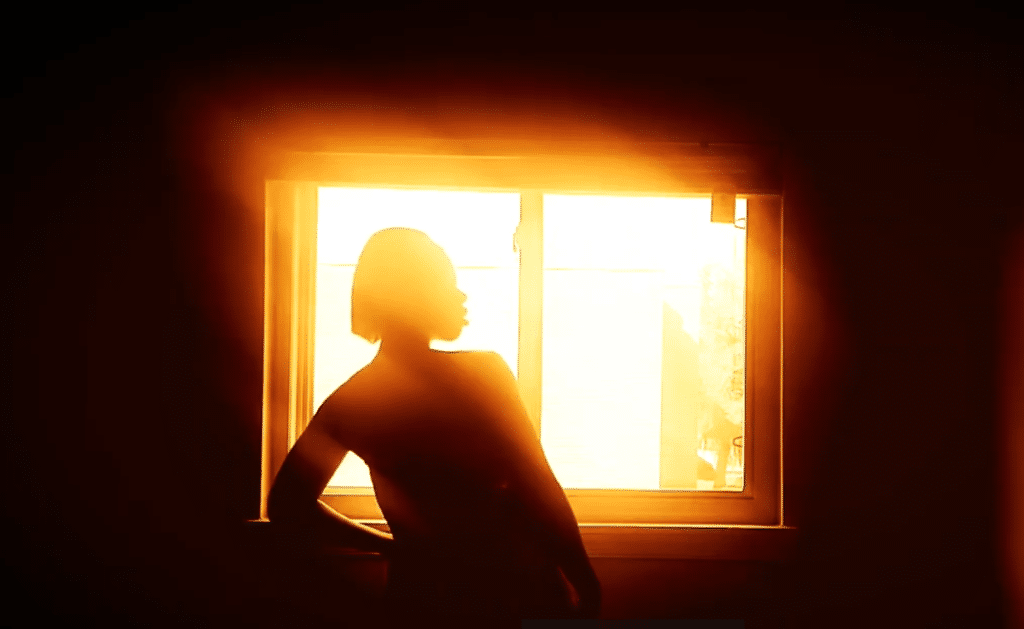
SM: I would love that. The one other thing that I will just note really quickly is just that I do not use any fancy equipment. I always want to make sure and emphasize that I’m recording things with my phone. I am using an editing tool that I got from online, and I am using a tripod. And I don’t want people who are coming new to visual projects or multimedia to think that they have to have some really expensive things, right? It takes some initiative. It’s not what people are thinking. It just takes a lot of kind of grit, right? So, you have to do things and you have to have a vision. But my phone right now we’re like you know, like using my phone and just that.
MH: I had assumed you had like years of using like iMovie and stuff like that. I had no idea this was all through your phone; that heartens me. But it’s a learning process and learning processes are always mediated by how much passion you have for that project. So, I think with enough passion our listeners will be able to identify the tools they need. Shanita, thank you so much for joining us and giving us a little bit of insight as to how autoethnography and multimodal visual performance go together. We look forward to your continued strong work at the magazine.
SM: Yes, thank you so much Marlen. I appreciate the opportunity to speak about multimodal performance and autoethnography.
Credits
All images are screenshots from Shanita’s videos.
View Shanita’s videos directly on YouTube or via her column, The Twerking Academic, here at The AutoEthnographer.com
Learn More
New to autoethnography? Visit What Is Autoethnography? How Can I Learn More? to learn about autoethnographic writing and expressive arts. Interested in contributing? Then, view our editorial board’s What Do Editors Look for When Reviewing Evocative Autoethnographic Work?. Accordingly, check out our Submissions page. View Our Team in order to learn about our editorial board. Please see our Work with Us page to learn about volunteering at The AutoEthnographer. Visit Scholarships to learn about our annual student scholarship competition.


